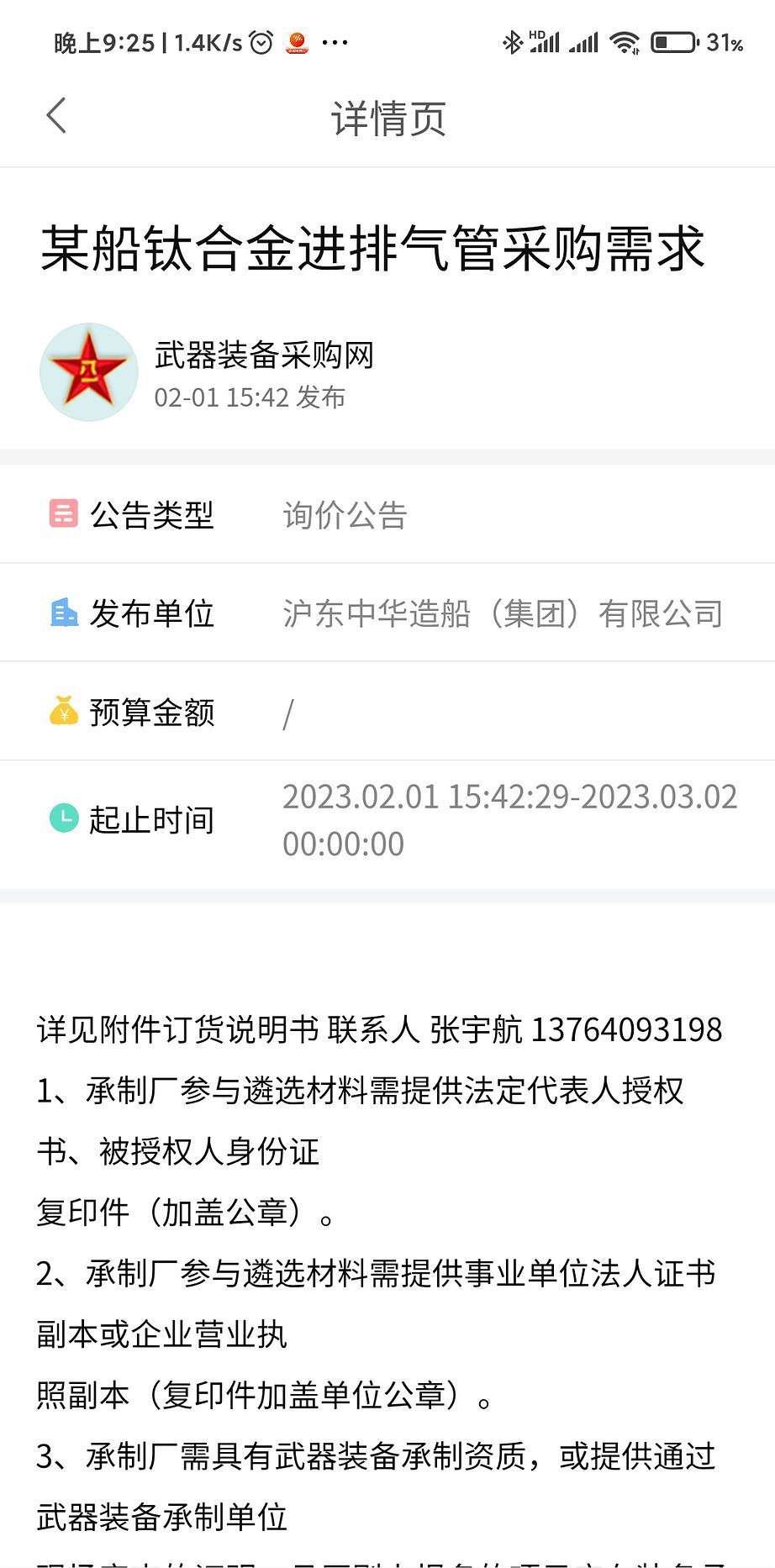Wouldn't that make the 076 essentially a medium CV instead of an LHA/LHD?4 these kind of birds they should have angled deck
You are using an out of date browser. It may not display this or other websites correctly.
You should upgrade or use an alternative browser.
You should upgrade or use an alternative browser.
Type 076 LHD/LHA discussion
- Thread starter banjex
- Start date
Intrepid
Major
It is exactly like that. And then it wouldn't be an 076 but an 011 or something like that.Wouldn't that make the 076 essentially a medium CV instead of an LHA/LHD?
But the 076-related Request for Proposal (RFP) found in mid-2020 specified well deck as part of its design requirements.It is exactly like that. And then it wouldn't be an 076 but an 011 or something like that.
A proper medium CV doesn't need a well deck.
Last edited:
asif iqbal
Banned Idiot
Type 071 LPD + Type 075 LHD + Type 075 LHA
a very good amphibious group in the making
a very good amphibious group in the making
by78
General
Allegedly some snippets of internal documentation for a Type 076 (project no. H1856A) from Hudong shipyard.
The header of an engineering drawing/blueprint for a inlet and exhaust manifold:

Requirements/instructions for fabricating/welding titanium alloy intake and exhaust piping:

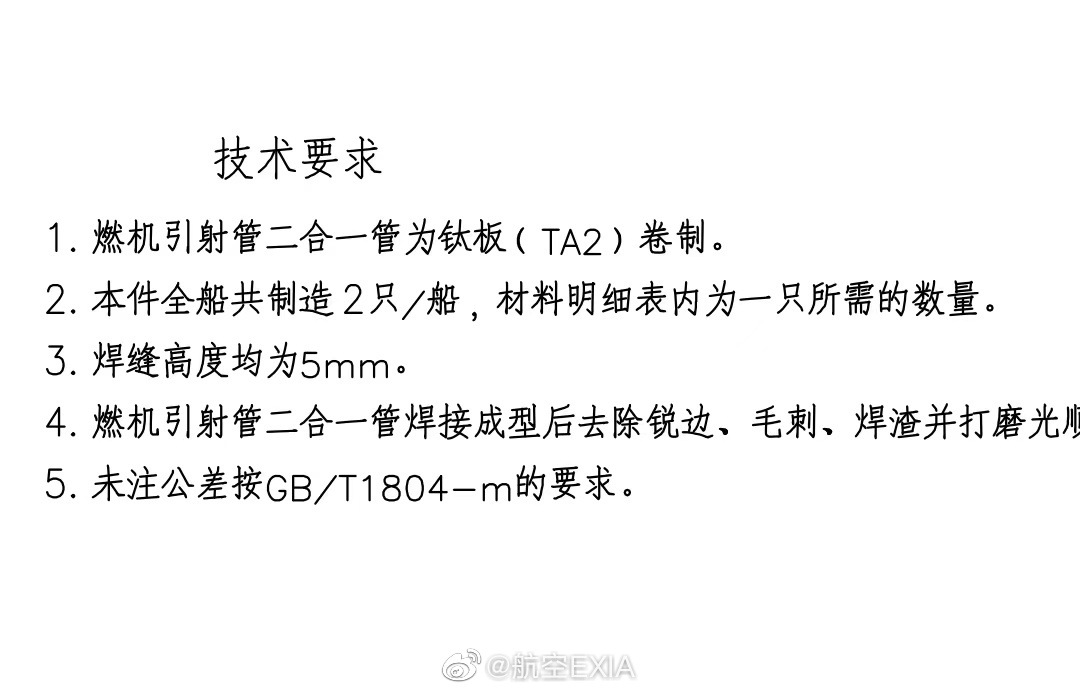
Requirements for electrically deployed internal fire curtains, to be used as a reference during the bidding process. Curtain dimensions are in the red box:

The header of an engineering drawing/blueprint for a inlet and exhaust manifold:

Requirements/instructions for fabricating/welding titanium alloy intake and exhaust piping:


Requirements for electrically deployed internal fire curtains, to be used as a reference during the bidding process. Curtain dimensions are in the red box:

Last edited:
Can someone explain the role of a LHA versus using a combination of traditional carrier and LHD?
LHA is not a combination of CV and LHD. It's misreading of the development of the concepts by armchair experts.
LHA predates LHD. American Iwo Jima class ships were LHA but their official designation was different - LPH (Landing Platform Helicopter).
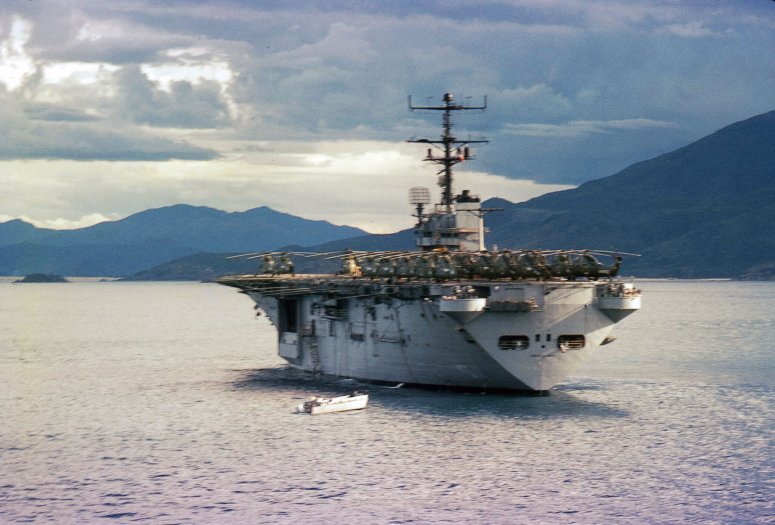
The concept of full aviation deck was developed for utilizing transport helicopters at maximum efficiency. It was large space to deploy several helicopters at once and maintain high volume and tempo of operations.
The subsequent Tarawa and Wasp classes were LHD because they added the dock from LPD concept to the LPH/LHA concept. This allowed faster deployment of heavy equipment during the later stage of Cold War when USMC was intended to be used for various offensive operations against the USSR which required greater use of vehicles and heavy logistical support to be deployed to the landing zone.
USMC never liked the idea of being "second army" because it conflicted with the entire rationale of the Corps being a separate branch doing separate doctrine. UCMS was always seen as rapid reaction light infantry so LHA concept was better suited for the philosophy of the Corps. There has always been an institutional pressure toward LHA rather than LHD inside USMC because of that. Army uses LCM/LST. Marines needed to be different for political and budgetary reasons.
The transfer of heavy equipment as required by doctrine was being resolved in Expeditionary Force 2021 (EF21) force structure concept by introduction of dedicated mobile transfer platforms like Monford Point class which allowed regular transport ships to unload heavy vehicles at sea where they would be loaded onto landing craft and taken to shore. In the EF21 concept the transfer platforms worked like aviation decks for heavy equipment.
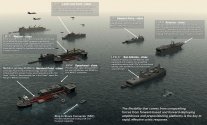
This freed LHD to become LHA which allowed it to maneuver during assault - something a ship with a flooded well deck can't do. With a flooded well deck LHD must remain static during deployment of landing craft because any dynamic movement causes water in the well deck to exert dynamic stress on structure as well as threaten flooding of other parts of the ship.

The EF21 concept didn't work out because it was too expensive and insufficient number of ships with well decks forced later America ships to be redesigned from LHA to LHD so that heavy equipment was delivered to landing zone.
While LHA nor LHD can be used as "sea control ships" that idea is completely impractical because it was developed in response to erroneous understanding of Soviet submarine doctrine. The "sea control ship" was a helicopter carrier with several ASW helicopters and a few S/VTOL aircraft for protection of Atlantic convoys.
It was put into service in Spanish navy as Principe de Asturias and in Italian navy as Giuseppe Garibaldi but it didn't work in practice and "sea control ships" are mainly used as amphibious assault ships with aviation used to support amphibious operations.

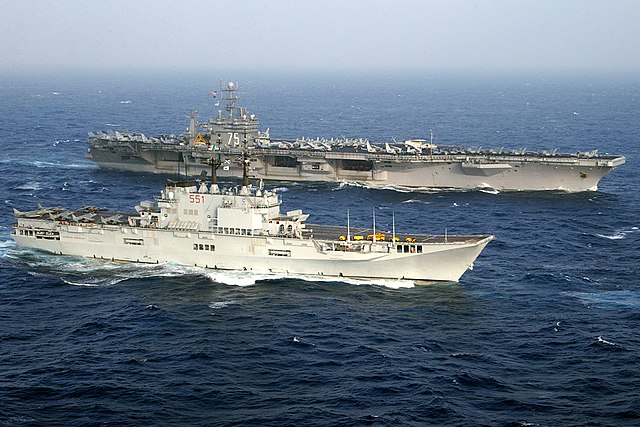
The idea of "sea control ship" and "light carrier" is being constantly pushed by some people inside Department of the Navy to facilitate wider use of F-35B. It's a marketing gimmick for Lockheed and not a viable tactical solution because that depends on more fundamental parameters like sortie rate, payload etc and those are never looking good for light carriers.
Type 076 is highly unlikely to be a "sea control ship" for that very reason. It will not be a "light carrier" just an amphibious assault ship making better use of UCAVs. USN made numerous studies on efficiency and efficacy of shipborne aviation and the conclusion is always the same - it's better and cheaper to have fewer large carriers than more small carriers. The economies of scale work against you with more hulls and the limited capacity of carriers in sortie generation etc is always the biggest problem.
The principle is: if you lack carriers then plan operations better and pick your battles better. Defeat in detail is a thing for that very reason. You can lose battles as long as you win the war. War is won by proper logistics not proper battlefield parades.
Light carriers are fantasies of armchair experts and lobbyists because they never have to win anything other than contracts. This is why their proposals are counter-productive. It's about making the budget pay more for less. People on the internet argue for the sake of arguing. They repeat what they think sounds best for their imaginary online battles, not what works in reality - hence the confusion.
Always remember that military procurement is political first and is very rarely about optimal choices for the force. You can't rationalize whatever you see as the ideal solution. You have to always consider what processes influenced the design and give a lot of room for bad decisions. They're always there.

